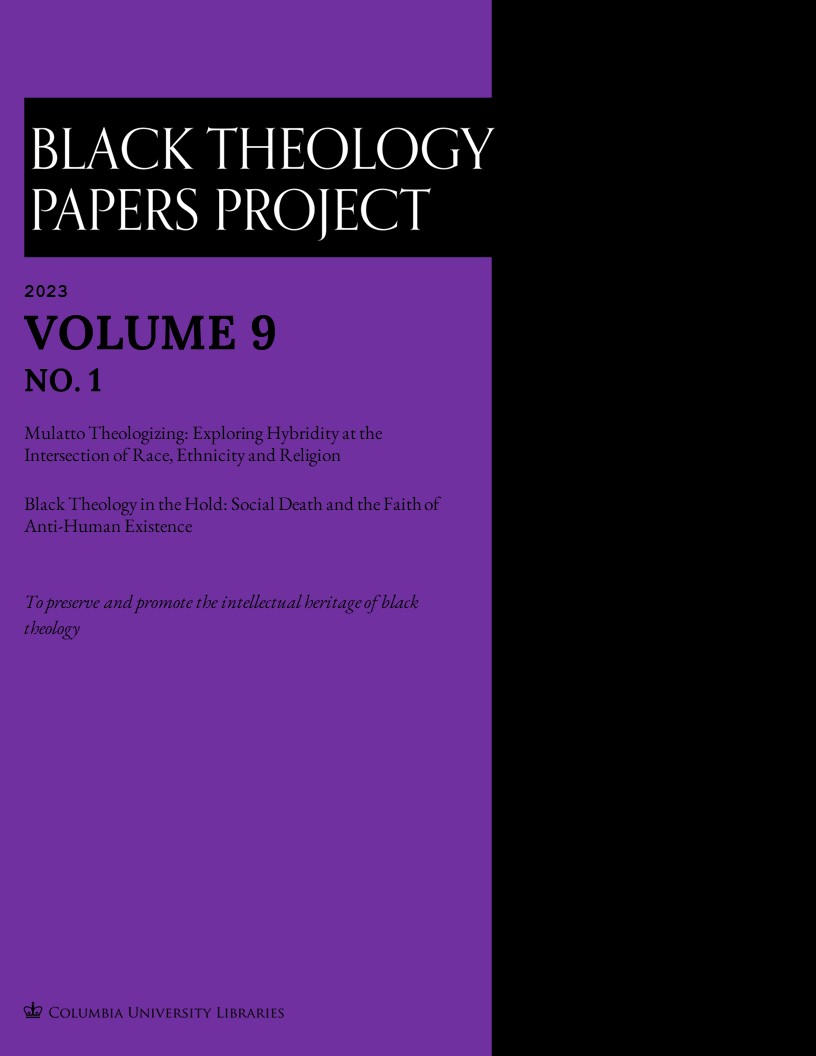Mulatto Bodies and the Body of Christ The “New Black Theology” Ten Years Later
Main Article Content
Abstract
Ten years ago, in an article for The Christian Century, theologian Jonathan Tran heralded
the work of three black theologians J. Kameron Carter, Willie J. Jennings, and Brian Bantum
as inaugurating a “new black theology.” According to Tran, these three thinkers represented “ a
major theological shift that [would] if taken as seriously as it deserve[d] change the face
not only of black theol ogy but theology as a whole.” Now that ten years have passed, this
paper asks: Has it? And arguing that it has not, I offer reflections on why it has not. At the
center of my argument will be a critique of the way Carter and Bantum offered their revised
un derstanding of racial identity and hybridity by reimagining the identity Jesus through
mulatto/a bodies and persons. This, I will claim, is a dead end. It is a project that fails to
do the very thing it sets out to do, and ultimately, collapses in on itsel f. My aim in making
this critique is less refutation and more redirection. More specifically, I will hope to resolve
some of the problematic impulses in their appeal to mulatto identity, and in so doing, clear
the way for a new direction in Black Theology.
Article Details

This work is licensed under a Creative Commons Attribution 4.0 International License.

